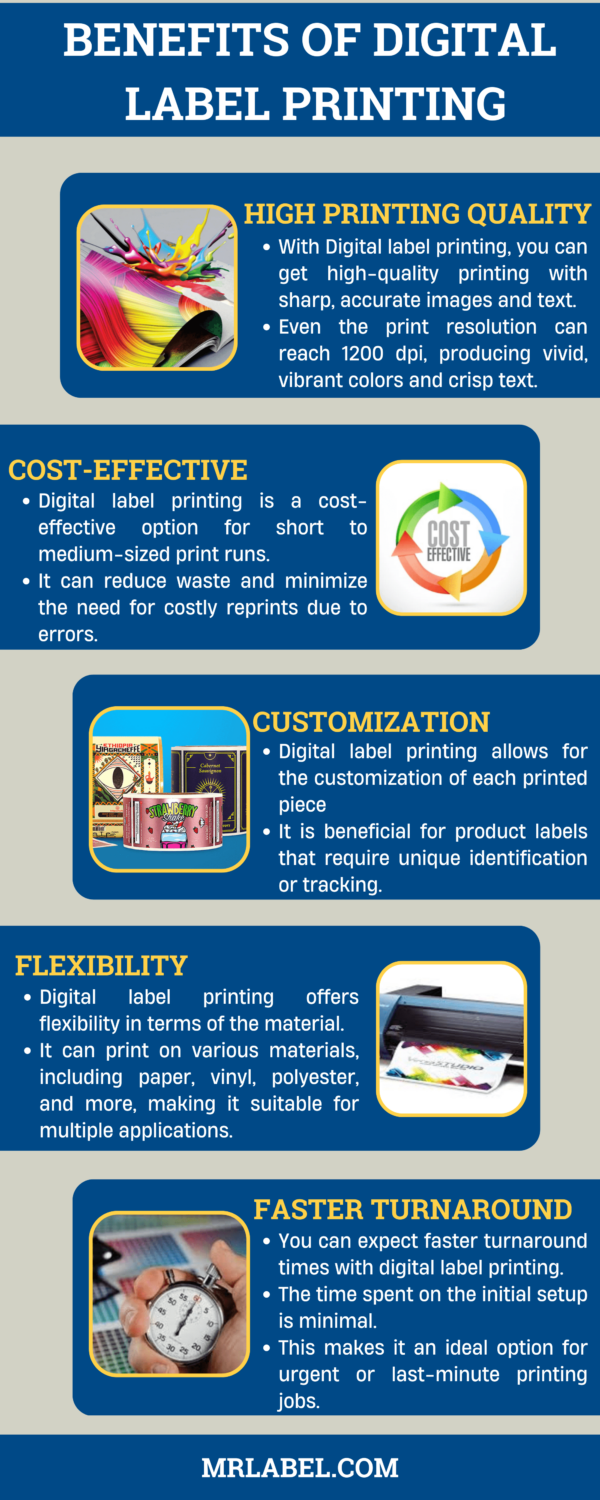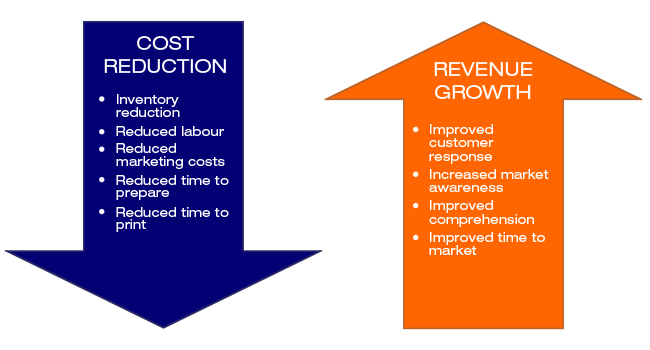5 Simple Techniques For Digital Printing
5 Simple Techniques For Digital Printing
Blog Article
Our Digital Printing Diaries
Table of ContentsNot known Facts About Digital PrintingThe Best Guide To Digital PrintingThings about Digital PrintingThe Ultimate Guide To Digital PrintingNot known Facts About Digital Printing6 Easy Facts About Digital Printing Shown
Variable information printing, such as direct mail with individualized codes and addresses, is preferably suited for digital printing. Digital quick printing just requires 4 steps of style, review, printing and binding to obtain whatever done. Digital quick printing has an unmatched benefit: print on need.According to PMMI, electronic printing enables brands and suppliers to react swiftly to consumer needs while improving the supply chain, reducing warehousing price and waste, and taking pleasure in faster time to market. That all noises great, yet just how does this modern technology do all that? The major differentiator of these innovations is that there are no set up charges and no plates with digital printing.
Some Of Digital Printing
This results in quicker turnaround time and reduces expense when using digital printing.
Digital printing is very adaptable, so it's very easy to make adjustments to the plan layout rapidly. It all goes back to the plates.
With traditional printing approaches, short-run printing is simply not feasible. Due to the fact that a terrific layout can make or break your item, digital printing constantly produces high-grade, clear and vivid graphics each time.
Digital printing is the process of printing digital-based photos straight onto a variety of media substratums. There is no demand for a printing plate, unlike with offset printing. Digital files such as PDFs or desktop computer posting documents can be sent out straight to the digital printing machine to publish theoretically, photo paper, canvas, material, synthetics, cardstock and other substratums.
Digital Printing Fundamentals Explained
According to PMMI, electronic printing allows brands and suppliers to respond swiftly to consumer needs while boosting the supply chain, decreasing warehousing price and waste, and enjoying faster time to market. That all sounds terrific, but just how does this innovation do all that? The major differentiator of these modern technologies is that there are no set up charges and no plates with digital printing.
According to Wikipedia, the greatest distinction between digital printing and conventional techniques such as lithography, flexography, gravure, or letterpress is that there is no need to change printing plates in digital printing, whereas in these analog printing methods home plates are repetitively replaced. This causes quicker turnaround time and decreases price when using digital printing.

Digital Printing for Dummies
More inventory can imply more waste later on. With traditional printing methods, short-run printing is simply not feasible. Due to the fact that a wonderful layout can make or break your item, digital printing regularly produces high-grade, clear and vivid graphics each time. Digital printing on versatile pouches adds the intense, vibrant, and exact graphics that almost beckon customers to reach out and touch them.

According to PMMI, digital printing allows brand names and manufacturers to react quickly to customer needs while boosting the supply chain, decreasing warehousing price and waste, and appreciating faster time to market. That all noises excellent, yet exactly how does this technology do all that? The significant differentiator of these technologies is that there are no set-up costs and no plates with digital printing.
The Main Principles Of Digital Printing
According to Wikipedia, the greatest difference between digital printing and standard methods such as lithography, flexography, gravure, or letterpress is that there is no need to replace printing plates in digital printing, whereas in these analog printing approaches the plates are repeatedly replaced. This results in quicker turn-around time and reduces cost when using digital printing.
Digital printing is very adaptable, so it's easy to make changes to the bundle design promptly. It all goes back to the plates.

Little Known Questions About Digital Printing.
Digital printing is the process of printing digital-based photos straight onto a selection of media substrates. There is no this content requirement for a printing address plate, unlike with countered printing. Digital files such as PDFs or desktop posting data can be sent out straight to the electronic printing press to print theoretically, photo paper, canvas, material, synthetics, cardstock and various other substratums.
Report this page